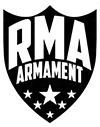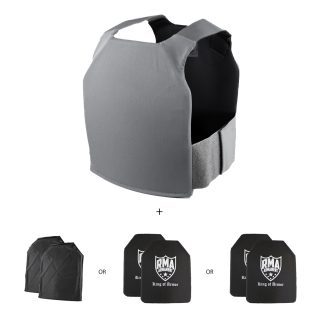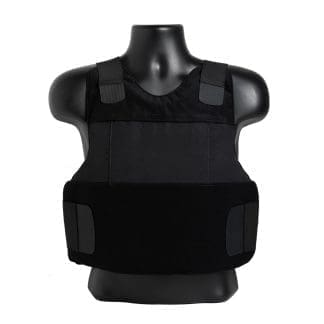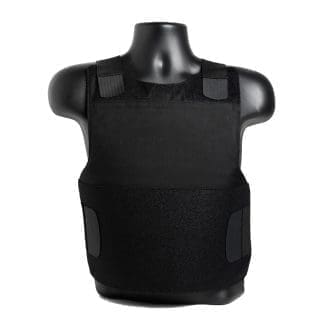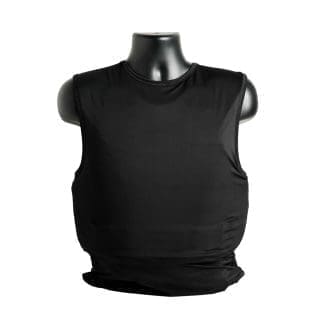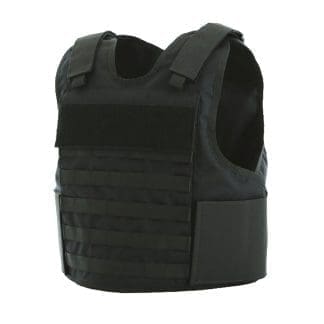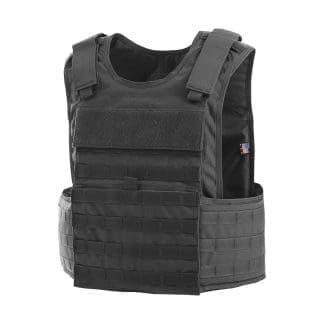Showing all 7 results
-
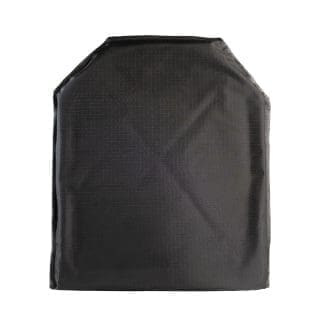
Level IIIA Soft Armor Inserts
Price range: $129.99 through $139.99 Select options This product has multiple variants. The options may be chosen on the product page Weight: 1.15 lbs. Thickness: 0.35" -

Krypsys Concealable Body Armor Kit
Price range: $394.97 through $839.97 Select options This product has multiple variants. The options may be chosen on the product page -

Protego Concealable Body Armor Vest
Sale! Original price was: $699.00.$499.00Current price is: $499.00. Select options This product has multiple variants. The options may be chosen on the product page -

Contego Concealable Soft Body Armor Vest
Sale! Original price was: $799.00.$599.00Current price is: $599.00. Select options This product has multiple variants. The options may be chosen on the product page -

Virtus Concealable Soft Body Armor Shirt
Sale! Original price was: $699.00.$499.00Current price is: $499.00. Select options This product has multiple variants. The options may be chosen on the product page -

Law Enforcement Tactical Vest with IIIa Soft Armor
No reviews yetPrice range: $599.00 through $1,699.00 Select options This product has multiple variants. The options may be chosen on the product page -

ASOC IIIA Tactical Armor System
No reviews yetPrice range: $699.00 through $1,699.00 Select options This product has multiple variants. The options may be chosen on the product page
Showing all 7 results
How Can I Use Soft Body Armor?
Level IIIA tactical vests are also relevant for emergency and home defense use for the civilian population. Concealable body armor is more popular than ever before thanks to its ultra thin, light, and flexible nature.
Rifle-rated body armor plates are also often difficult to conceal and present a human terrain issue due to their overt nature. Concealable soft armor vests stand up to 80% of the potential ballistic threats you’re likely to face on a daily basis. And, you can also keep them completely hidden from the public.
Soft Body Armor Frequently Asked Questions
What Can Level IIIA Soft Armor Protect Against?
Level IIIA armor isn’t actually “bulletproof.” But is highly bullet resistant. With enough bullets, rifle threats, or armor-piercing rounds, failure is inevitable–no matter who you buy from. The resistance level of each bulletproof vest is tested by the National Institute of Justice (NIJ). NIJ sets standards and tests to ensure that a bullet does not defeat body armor plates. Thus, Level IIIA body armor vests, like the Contego, Protego or Virtus are capable of protecting against 9mm, .40, .45, .44 magnum, .357 sig rounds, and even shotgun slugs.
What is a Bulletproof Vest?
Bulletproof vests have many different names . You hear tactical vest, ballistic vest, Kevlar vest, and others. In fact, bulletproof vests are the most popular type of body armor.
Manufacturers design bulletproof vests to be lightweight, concealable, and capable of defeating many common handgun rounds.
Level IIIA soft body armor is the most common type of bulletproof vest. Concealable is the most common cut shape. It covers the most square inches on the wearer’s torso because it wraps around the front of the torso to cover the sides, shoulders and also the back. Manufacturers build soft armor to only defeat handgun rounds, but they also disperse kinetic energy to decrease blunt force trauma.
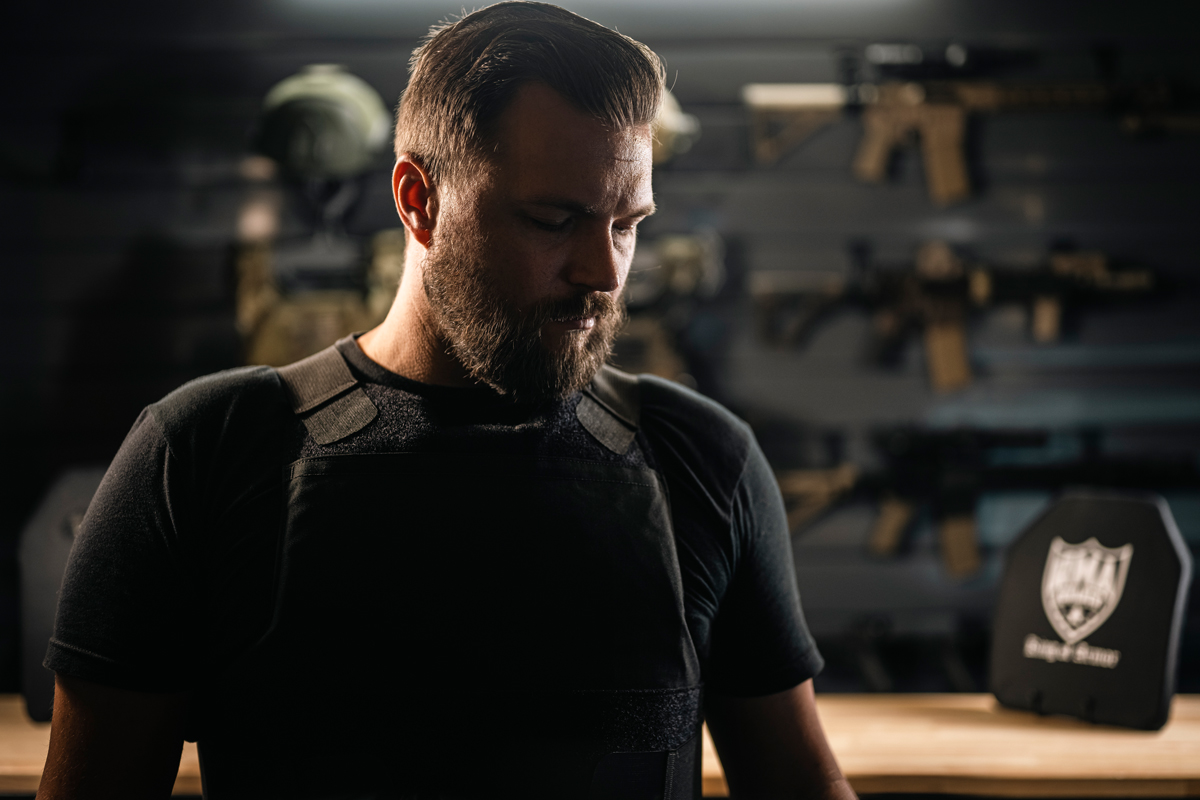
Who Should Wear Bulletproof Vests?
For those concerned with common handguns rounds, Level IIIA bulletproof vests are a great option. However, a body armor kit with a plate carrier and hard armor plates are of the utmost importance if you are also likely to encounter rifle rounds.
While Hollywood popularized the term, ‘bulletproof vest,’ the body armor industry shied away from this term as it defies the laws of physics. At the end of the day, nothing is ever truly, “bulletproof.” Alternatively, you might also see terms such as ballistic vest, soft armor, Level II, Level IIIA, Kevlar, Aramid, UHMWPE, Dyneema, and a few others to describe certain aspects of these incredibly strong and lightweight body armor vests.
You often see Level II and Level IIIA soft armor in concealable vest format. Although, you can also choose soft body armor inserts that fit in a SAPI-cut carrier. Thanks to its ultra-thin and flexible properties, these vests are commonly worn for daily duty by law enforcement officers nationwide. Nevertheless, RMA now offers all law-abiding Americans, 18 years old and up, the same American-made NIJ-Certified Level IIIA soft body armor ballistic vests worn by law enforcement every day.
What is a Kevlar Vest compared to a Bulletproof Vest?
Kevlar vests are vests made out of a ballistic material called Kevlar and are the original material that police vests were constructed with.
These days, Bulletproof vests are built with lighter and stronger materials called aramids that provide excellent ballistic protection, while also maintaining a high level of flexibility.
Does Owning A Bulletproof Vest Make Sense?
Prepare for the worst with unparalleled coverage, comfort, and also high-grade handgun and shotgun protection. Get a concealable Level IIIA certified soft armor vest that can be worn under your shirt. Alternatively, wear your vest overtly for rapid donning in a home defense situation.
We no longer use the term “bulletproof vest”, but you might find the distinction in naming of no consequence given the unbelievable performance of RMA’s Protego, Contego, and Virtus soft armor vests that can withstand dozens of strikes from a wide variety of common handgun and shotgun rounds. See for yourself, and buy your soft body armor vest here.
Check out Body Armor Guide for Law Enforcement to learn more about bulletproof vests and how to properly wear them.
Is a Bullet Proof Vest Actually Bullet Proof?
In a perfect world, the term “Bullet Proof Vest” would mean that a vest could defeat any bullet to save ones life. However, it’s a false term. After all, ballistic vests are actually designed to “resist,” or slow down bullets and there’s a limit to how many rounds each vest can defeat. And even then, it varies by manufacturer.
A bullet proof vest that is rated as Level IIIa by NIJ Standards, is capable of defeating all common handgun rounds up to .44 magnum. A Level 4 bullet proof vest is capable of defeating rifle rounds up to armor piercing 30.06 bullets and many other rounds.
How to Clean Soft Body Armor
You wonder, “how do I clean it?” There’s no need to look dirty or stink when you’re protected. Simply, it’s usually not your Level 3A soft armor itself that needs much cleaning. You’ll find over time that it is your concealable carrier that receives most of the dirt and sweat.
First, remove your Level 3A soft armor panels from your carrier. Inspect your heat seals for any leaks. Soap, water, or other outside agents can enter and degrade your armor. Look for any holes, mold, or noticeable change in color or pattern. Chiefly, your armor should stay sealed to ensure your panels aren’t compromised by mold or other damage.
Then, wipe your panel cover with mild soap and water to remove any dirt. Never put your soft armor or carrier in a washing machine or dryer. Hand wash your panels with care to avoid damage.
